Skincare Actives 101: Safe Percentages and How to Choose the Right Actives for Your Skin Concerns
| Authored by: Adeeba |
| Reviewed by: Kapil Dhameja |
| Estimated Reading Time: 7 minutes |
|
Table of Contents |
Actives explained: The chemistry of skincare agents

Nowadays to preserve the health, appearance and overall well-being of the skin, it has become quite essential for us to take care of the skin in the right way or maybe the best way possible. As the name suggests, skincare simply means taking care of skin which isn't just a beauty trend, it's a science that involves understanding various products, ingredients and the importance of following a skincare routine.
You must have heard the term “ active ingredients” everywhere, in beauty tutorials, on labels and across dermatologist recommendations. Let's decide what are actives and their mechanisms.
Actives are ingredients in skincare products that prove to have biological effects on the skin based on scientific evidence. There are over 20 active ingredients, but we are going to look at the most used ingredients that are consumer friendly.
Hyaluronic acid
This substance has the capacity to absorb and maintain moisture within the skin, in recent years it has gained popularity due its nature. It has a very good moisturizing effect and is commonly found in treatment designed for dry skin, aged skin and eczema prone skin
Niacinamide
Also known as Vitamin B3, this substance is used to minimize the appearance of pores, even out skin tone, treat hyperpigmentation and minimize wrinkles. Niacinamide is also used to treat rosacea and acne since it helps to battle irritation. It is most effective for people with sensitive skin, although it can be used by anyone with above mentioned skin conditions.
Retinol
This is a derivative of Vitamin A that aids in cell turnover, oil production regulation and collagen formation. It helps to decrease the indications of aging by smoothing and firming the skin. It is best to use it in small doses until your skin becomes adapted to it, since it is a complex ingredient.
Vitamin C
This antioxidant has shown significant results in improving skin health such as increase in collagen and elastin formation, it reduces hyperpigmentation, fights radicals that accelerates aging and deflect harmful UV rays. It is also known to promote skin brightness and is suitable for all skin types.
Alpha hydroxy acid (AHAs)
AHSs are gentle chemical exfoliants that are beneficial for smoothing, anti-aging, brightening and acne prevention. They are typically utilized in evening rituals. Glycolic acid and lactic acid are the most frequent AHAs.
Kojic acid
A byproduct of various food fermentations, such as Japanese sake, soy sauce and rice wine. It is generated by various fungi. Kojic acid avoids the formation of tyrosine that creates melanin, therefore it has lightening effects.
The work of active ingredients is simply either to change the behaviour of skin cells or gently remove the dead skin cells from the surface or protect your skin from damage.
Skincare percentages of popular actives
Balance is an essential part of skincare routine that may vary for different skin types. Since the popular actives in the cosmetic industry enhances the skin's overall health, it doesn't imply it can be used in uncertain quantities. So now since we have discussed what skincare actives are, let's discuss something equally important, that is, how much of them your skin can actually handle.
Retinol
As a starter you should use 0.25%-1% most dermatologists recommend starting low and gradually building its tolerance on the skin. Tretinoin are prescribed Retinoids that are used at lower % by professionals. Start slow! Once or twice weekly.
Niacinamide
This multitasking substance works best between 2%-5%. It balances the oil, brightens the dull skin. Some products contain up to 10% of concentration but it can be tingly or drying for sensitive skin. The sweet spot is around 4%-5% for effective results.
Hyaluronic acid
The purpose of this ingredient is simply hydration. 0.1%-2% works wonders for plumping and hydration. Topical hyaluronic acid is safe and well tolerated.
Vitamin C
10%-20% of vitamin C is commonly effective, but remember that pH and stability are key, lower pH makes it stronger but may irritate.
Alpha Hydroxy Acid
AHAs are mostly used around 5%-10% in cosmetic products. The FDA guidance suggests that keeping it at less than or equal to 10% whereas the pH levels more than or equal to 3.5%. for over the counter with safe usage.
Beta Hydroxy Acid
This substance works inside the pores. In skincare, salicylic acid is BHA which comes from willow bark. It can break excess oil and unclogging pores making super beneficial for acne prone skin. 2% concentration is typical for acne treatment serums or facewash.
Remember when it comes to actives, what matters is the sweet balance and how well your skin can adapt to its usage, more isn't always better, make your skin feel nourished and not overwhelmed.
The Right Actives for your Skin Concerns

Choosing the right active for your skin is half science and half detective work. Begin with identifying the skin concern and then match it with the actives that have good evidence for the problem. Let's explore the art of choosing the right actives for different skin types.
Acne & congested/ Oily skin
The best actives that can cater to this concern is salicylic acid (BHA) benzoyl peroxide, azelaic acid, niacinamide, topical retinoids
Why they work: Salicylic acid has the ability to penetrate and exfoliate the pores from within. Benzoyl peroxide kills acne causing bacteria. Retinoids (like retinol) prevent the formation of new pimples. Niacinamide calms inflammation and balances oil.
Pro tip - You should start with one active at a time, salicylic acid and niacinamide serum are beginner friendly and safe to start with.
Dry or dehydrated skin
If you often see that your skin feels tight, rough or flaky then it craves for hydration and barrier repair. Actives like Hyaluronic acid, glycerine, ceramides, and panthenol works best.
Why they work: These active’s water retention capacity is high, it helps lock moisture in your skin, keeping it plump and bouncy.
Pro tip - Apply hyaluronic acid on a damp skin followed with a good ceramide moisturizer to lock in the moisture.
Vitamin C & E skincare products
Dull skin/ Hyperpigmentation
If you're the person with tired looking skin, uneven skin tone or dark spots that don't fade away, then you have pigmentation issues. You must look for Vitamin C, niacinamide, glycolic acid, lactic acid, liquorice extract.
Why they work: Vitamin C gives radiant glow to the skin and helps fade dark spots. Niacinamide reduces melanin transfer and Liquorice extract and AHAs like glycolic acid exfoliates dull, pigmented layers gently, they are gentle yet powerful.
Pro tip: Vitamin C should be used in the morning and exfoliating acids at night, avoid using both together.
Sensitive/Reactive skin
Do you have a skin that flares up too often or quickly? If your skin flushes or reacts easily then go gentle. The best actives for sensitive skin are niacinamide, azelaic acid, and ceramides.
Why they work: Anti-inflammatory azelaic acid is useful for inflammation, niacinamide supports barrier function and the skin's protective lipids are restored by ceramides.
Pro tip - Keep your routine simple, avoid using heavy acids like Retinoids, don't overwhelm your skin with too many actives at once. Patch test everything!
Mature/Aging skin, Fine lines, Loss of Firmness
If you're noticing sagging, fine lines or loss of firmness then focus on actives that can boost collagen and hydrate the skin. You should look for Retinol, Vitamin C, and Hyaluronic acid.
Why they work: Retinol works for cell renewal, Vitamin C boosts collagen and Hyaluronic acid keeps the skin hydrated.
Pro tip: Introduce retinol gradually (once or twice a week) and always use sunscreen the next day.
If you understand your skin type and it's concern then you can build a routine that is not only fruitful, but well tolerated on your skin with long lasting results. Each skin is different and each concern is different, so it isn't about the strongest ingredients but about choosing the right ones in the right way.
Best Anti Ageing Creams & Serums in India
How you should Layer your Skincare Actives

Layering simply means to organise and arrange your skincare actives on the skin in order, they way it is suitable for your skin. It means assembling a jigsaw puzzle, each step has its own designated value and effect and at the end the picture gets complete, hence you see remarkable effects on the skin. Let's discuss step by step the entire procedure to layer the skincare actives on your skin.
Step 1: Cleanser. Start light!
Always begin your skincare routine with a gentle cleanser, you won't be wishing to apply these actives on the skin that is already built up with dirt and bacteria. A gentle cleanser that can clean and soothe your skin from within is the primary step.
Step 2: Toner
Once your skin is all clean and fresh, use a soothing toner to restore its pH levels. A toner provides light hydration and makes your skin more receptive to the next layers.
Step 3: Serums/Actives
This step is where your actives enter. Think of Vitamin C, niacinamide, Retinol, exfoliating acids. Antioxidant actives should be used in the morning to fight off sun damage or free radicals. If you wish to apply two serums together, then first apply the one with thinner consistency and if both the serums have similar consistency then first apply the one that targets your skin's immediate concern.
Natural Retinol for Ageless Radiance
Step 4: Under eye product
The skin under your is delicate and is prone to develop fine lines and wrinkles than the rest of your face. You can tackle these concerns using an under eye product.
Step 5: Moisturizer
Every skin despite the difference in type and texture needs a moisturizer. If you have dry skin you need a moisturizer that is rich in ceramides or vitamin E. If you have an oily/ acne prone or combination skin then a moisturizer with hyaluronic acid, niacinamide or glycerine would work best. The bottom line is that moisturizing is important, as it water your skin and maintain skin's barrier and boosts hydration.
The correct way of layering skincare products is to form the thinnest products and then move up to the thickest. This allows optimum penetration of each product without any blockages.
Natural Ayurvedic Actives for Skincare

If you are a person who enjoys a traditional lifestyle then Ayurveda has your back. Ayurveda, a 5000 year old system of natural healing is deeply rooted in balancing mind, body and spirit. When it comes to skincare Ayurveda emphasis on nourishing the skin with plant based bioactive ingredients. When modern day actives provide quick solutions to your concerns, Ayurveda focuses on long term healing from within and is deeply rooted in tradition. We will now talk about some Ayurvedic actives so that you can create your holistic Ayurvedic skincare routine.
Turmeric/curcumin
Turmeric's main bioactive is curcumin. It reduces inflammation, it is anti-inflammatory and antioxidant in nature. It gently soothes the skin from irritation and protects the skin from oxidative stress. The formulations of curcumin have been used for treating acne, eczema and wound healing.
Liquorice (Glabridin)
This is an alternative to harsh bleaching actives or high doses of Vitamin C. It helps reduce dark spots and even skin tone. With clinical evidence supporting its skin-lightening effects and reducing inflammation.
Manjistha (Rubia cordifolia)
This ingredient is traditionally used for complexion and blood circulation and purification. Studies have shown that this ingredient has antimicrobial and antioxidant actions. Its long term use shows skin lightening effects. A very gentle alternative to detox masks and exfoliant brightening blends.
Amla (Pyllanthus emblica)
We have heard Amla acts as a natural detox for our bodies. It's rich in vitamin c and polyphenols. Studies have proven that amla has anti-aging, antioxidants and is useful for brightening and protection. A very natural alternative to high concentration vitamin C serums. Amla boosts collagen and gives radiant glow to the skin.
Honey & Aloe vera
Honey is a natural humectant and antimicrobial in nature, it repairs the skin and helps in wound healing. Aloe vera is a natural moisturizer that hydrates the skin and supports healing. Together they are a natural alternative to repair and soothing actives.
Complementary combos
-
Vitamin C (AM) + Licorice & Amla works as an antioxidant and give brightening effects
-
Retinol (PM) + Aloe vera & Honey works to calm and repair skin, reducing dryness.
-
Salicylic acid cleanses pores, neem or turmeric masks can be added in masks for antimicrobial or calming action.
Avoiding common mistakes
While crafting your personal skincare routine with modern actives or ayurvedic ingredients, there are some common mistakes that you must avoid, it includes:
Overusing Actives
Use the product according to your need and concern. Sometimes less is more, remember you have to nourish your skin and not overwhelm it with actives. Over usage of actives can cause skin barrier and irritation.
Not using sunscreen
When you use actives and exfoliants like AHAs, BHAs, retinoids, your skin becomes more vulnerable to UV damage. Skipping SPF increases the risk of damage and makes your skin more prone to dark spots.
No patch testing
One cannot stress the importance of a patch test before using any product on your skin. Sometimes our skin acts unpredictable to various actives. Even a gentle active can cause irritation, redness or flare-up. Therefore always patch test your skin, apply some amount of the active on a small area of your jawline or behind your ear for 3-5 days and then you are good to go.
Avoiding the use of Moisturizer
After applying heavy actives that exfoliate, brightens or renews your skin it demands hydration, barrier repair and calming support. Use a simple gentle moisturizer and your skin will thank you.
Avoid these mistakes to unlock the full potential of skincare actives.
The AM: PM Routine for a beginner
By now you must have understood that taking care of your skin in the right way is an extremely significant part of maintaining the overall well-being of your skin.
Texture and sensitivity of the skin, ability to stick to a routine, genetics, diet and exercise are a few of the extensive list factors that can either make or break your skin.
Morning (AM) routine:
The morning routine is almost similar to the layering procedure of the skincare routine.
Step 1: Cleansing
Begin your morning routine with a gentle and pH balanced cleanser. Why begin with a cleanser? A cleanser removes oil, sweat and dirt from the skin. A paste of chickpea (besan) and rosewater is an alternate natural cleanser for your skin.
Step 2: Toner
This step is optional, if your skin feels dull or dehydrated then a hydrating toner with rose water hyaluronic acid will prepare your skin to absorb serums better.
Step 3: Targeted Actives ( Serums)
Now your skin is ready to include face serums after a thorough research of the ingredients present in them and whether they are advantages for your skin or not. Use one serum or two at a time.
-
Dullness or pigmentation - vitamin c
-
Dryness or dehydration - Hyaluronic acid
-
Uneven texture - Niacinamide
Ayurvedic alternatives
-
Saffron extract - Brightening
-
Licorice fades pigmentation
-
Aloe vera or honey are natural humectants
Step 4: Moisturizer
This is a very important step, moisturizer seals everything. Gel-based moisturizer for oily skin, cream for dry skin.
Step 5: Sunscreen
This is a non-negotiable step, without SPF your skin can become more sensitive to sun and UV damage. Use a good SPF 30-50, even if you stay indoors.
Evening (PM) routine
Evening skincare routine focuses on cleansing,
treatment and renewal.
Step 1: Double cleansing
If you had makeup or sunscreen the entire day, then you should clean your skin with an oil based cleanser first followed by a gentle foaming cleanser. It will remove makeup, dirt and impurities deeply.
Step 2: Toner or mist
Once again you need to hydrate your skin. Spray rose water or any other hydrating toner all over your face.
Step 3: Serum/actives
Your night actives focus on regeneration, repairing and exfoliating. For fine lines, wrinkles, acne or uneven skin tone, use retinol. Apply a pea size of Retinol and start slowly. Use it for 1 or 2 nights per week, and increase gradually. For dullness, sun damage, mild hyperpigmentation use AHAs/ BHAs exfoliants. Do not over exfoliate, avoid same night retinoid use.
Step 4: Night cream/ Moisturizer
Use a night cream to lock in hydration, it will help your skin overnight.
Understand well what your skin really demands. Start simple, analyse the effects of your routine and continue as per the progress you notice. Remember to patch test all the products. Let your skin build a calm, consistent and nourishing relationship with the skincare ingredients.
Skincare Actives: Age, Gender, and Experience Level
The skin changes over time, between genders and depending on how accustomed it is to active ingredients. Choosing the correct active, time, and dose will optimize your routine without too much upset to your skin's calm. This quick guide is set up for you to make informed choices about actives according to your age, any gender differences to consider, and your level of experience (beginner - advance). Stay tuned and carry on reading.
By Age: what to prioritize (and when)
Teens (13-19): control & calm
Focus on gentle cleansers, oil control and receiving targeted active spot treatment.
Actives to use: Salicylic acid (0.5-2%) for oily/congested skin, benzoyl peroxide spot treatments and gentle niacinamide (2-5%) for redness and barrier augmentation. Daily retinoids are not recommended unless prescribed for acne. These active ingredients will tackle issues with sebum, reduce clogged pores and inflammation without stripping youthful skin.
20s: prevention & early maintenance
Focus on antioxidants, sun screen, gentle exfoliation, and starting retinoids at low dose if needed.
Actives to use: Vitamin C (10-20% in a stable formula) in the morning for antioxidant protection, AHAs/BHAs (5-10% AHA; 0.5-2% BHA) for texture, and retinol (0.25-0.5%) if texture/acne concerns exist. This age is generally one of prevention, protecting collagen and preventing early sun damage.
In your 30s: Repair and prevent actively.
Focus on collagen support, prevention of pigmentation, and continue using smart actives.
Actives to use: retinoid (start low and build tolerance), peptides for structural support, niacinamide for barrier and tone, and continue antioxidants along SPF.
In your 40s and 50s: Target rejuvenation.
Focus on stronger collagen stimulation, deeper hydration, and pigment correction.
Actives to use: stronger retinoids (prescription tretinoin with appropriate patients), peptides, combination antioxidant therapy (vitamin C + E + ferulic), and hyaluronic acid/ceramides for moisture and barrier repair.
By Gender: Differences to consider
Men's and women's skin varies biologically (thickness, activity of sebaceous glands, hair, hormonal influence). Men generally have thicker skin, higher sebum production, more facial hair on the other women will experience hormonal fluctuations (like pregnancy, menopause), which change sebum production, sensitivity and sometimes pigmentation. So let's discuss these differences and the actives that are tailored according to mention and women.
For Men:
Men's skin is more suitable for lightweight textures (gels, lotions) that focus on oil-control (BHAs, niacinamide). Men may be able to tolerate slightly stronger actives sooner and should still just consider building tolerance slowly.
Shubhr Sandalwood Skin Rightening & Face Glow Cream for Men (13 Herbs)
Shubhr Anti Aging Face Cream for Men with Saffron & Sandalwood (14 Herbs)
For Women:
You must think about the different hormonal life stages (pregnant/lactating women should avoid many retinoids even prescription retinoids are contraindicated in pregnancy); during menopause, hydration, peptides, maybe prescription retinoids under the care of a good dermatologist.
By Experience: Beginner to Advanced
If you are just starting (the first 2–3 months):
Think of this experience as introducing your skin to “new friends.” Your focus here is on tolerance and protecting your skin barrier while you observe how your skin reacts. Start simple with a gentle cleanser, a good sunscreen (SPF 30 or higher), and simple hydration, e.g., niacinamide (2% - 5%), and hyaluronic acid.
You can introduce one active treatment at a time, either a vitamin C serum in the morning or a mild retinol (0.25%) at night (again, don’t rush). Introduce one thing at a time, wait 2-3 weeks between new add ons, and always patch tests. This will allow your skin to adapt slowly and minimize the risk of irritation or purging.
Once you've been using actives for a few months (3–12 months): By now, your skin is more familiar with active ingredients, and you can start increasing potency and adding more targeted products. If your skin is comfortable, you could use retinol more frequently or step up to a slightly stronger retinol.
If your skin is oily or has a tendency to acne, consider incorporating a BHA, such as salicylic acid, to your routine a few evenings per week. If your skin is dull looking or uneven in texture, attempt to use an AHA, such as glycolic acid or lactic acid, once or twice per week. Do not forget to keep your SPF in the daily mix, it is a must when using acids or retinoids.
You can begin smartly pairing actives, like using vitamin C in the morning for the protection and glow, and niacinamide at night (or in the evenings) for calming and barrier repair. Always pay attention to how your skin feels, if it’s feeling tight, stingy, or flaky, that’s its sign to take a break and add more hydration.
If you have experience with skincare (including 12+ months experience and comfortable with actives):
Now is your time to refine your routine. This level is more about balance/what works for you—as opposed to just piling on products. You may be using prescription-strength retinoids like tretinoin, professional chemical peels, or advanced ingredient pairings like vitamin C with peptides, and retinoid cycling on alternate evenings.
If you are treating specific issues such as melasma, then you can also initiate a product with topical tranexamic acid (with appropriate professional guidance). The important point is being aware—advanced users know when to ramp up or to hit pause. Your skin doesn't always need more, it needs more of a thoughtful approach.
Skincare Do and don'ts
Let's wrap up our discussion with a few do’s and don'ts
Do's
-
Keep your routine consistent. Stick to what works for your skin and give your skin some time.
-
A Patch test is non-negotiable. Always patch test any active ingredient before applying to your entire face.
-
Listen to your skin. If it stings, irritation, flares up, then stop using the active.
-
Use sunscreen daily to protect your skin from sun damage.
-
Hydrate your skin inside & out.
Remember the essence of a good skincare lies in the correct layering procedure and correctly following the AM-PM routine as per your skin's demands.
Don'ts
-
Avoid mixing too many actives as it can lead to redness and barrier damage.
-
Don't skip moisturizer even if you have oily skin, you must know by now that hydration is required for all types of skins.
-
Don't sleep with makeup or sunscreen on, it will clog your pores and lead to breakouts.
-
Don't let trends decide for you, know your skin and choose the right active and routine accordingly.
Final thought
A good skincare is always about what suits and works best for your skin and comfort level. It maintains a long-term friendship with your skin that is gentle, loyal and full of glow.
Recommended products
Natural Vitamin C Skincare Products
Natural Kojic Acid Skin Care Products
(Curcumin)Turmeric Skincare Products
Related Articles
Ceramide vs. Glycerin & Other Moisturizing Ingredients: What Sets Them Apart?
Ceramides and Aging: Can They Help Reverse the Signs of Aging
Can You Leave Glycolic Acid on Your Scalp Overnight? Benefits, Risks & Tips
References
EXTERNAL LINKS
https://pubmed.ncbi.nlm.nih.gov/35426967/
https://share.google/NNHNbeB4W0XBuKdnB
https://pmc.ncbi.nlm.nih.gov/articles/PMC2699641/
https://share.google/x4PssVtEk3Z9ZyTwa
https://pmc.ncbi.nlm.nih.gov/articles/PMC3047947/
https://pmc.ncbi.nlm.nih.gov/articles/PMC9618501/
https://pubmed.ncbi.nlm.nih.gov/16596767/
https://pmc.ncbi.nlm.nih.gov/articles/PMC11268769/
https://pmc.ncbi.nlm.nih.gov/articles/PMC11356291/
https://pmc.ncbi.nlm.nih.gov/articles/PMC11512533/
https://pubmed.ncbi.nlm.nih.gov/9870547/?utm
https://pmc.ncbi.nlm.nih.gov/articles/PMC8427479/
INTERNAL LINKS
https://www.bluenectar.co.in/blogs/beauty-wellness-articles/know-about-salicylic-acid?
https://www.bluenectar.co.in/collections/natural-anti-aging-skin-firming-products?
https://www.bluenectar.co.in/collections/vitamin-c-e?
https://www.bluenectar.co.in/products/skin-brightening-and-lightening-cream-for-men-face-moisturizer



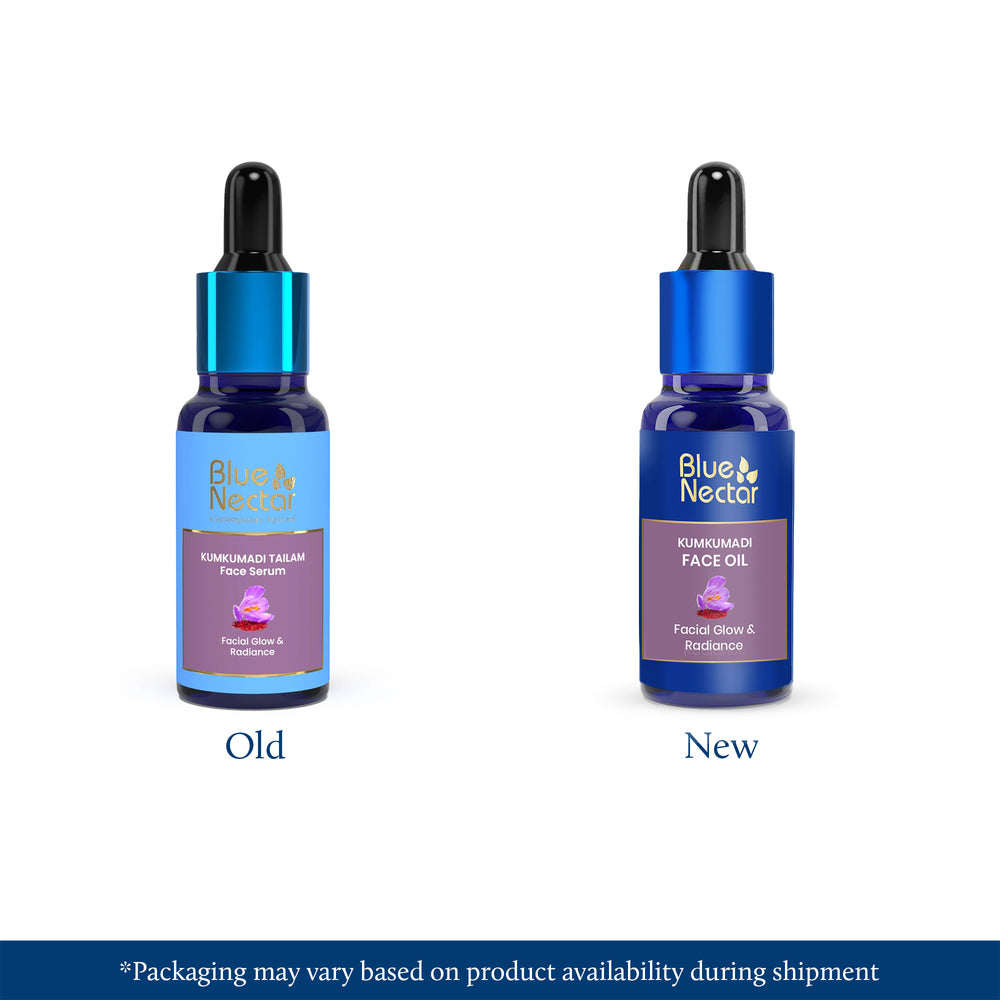
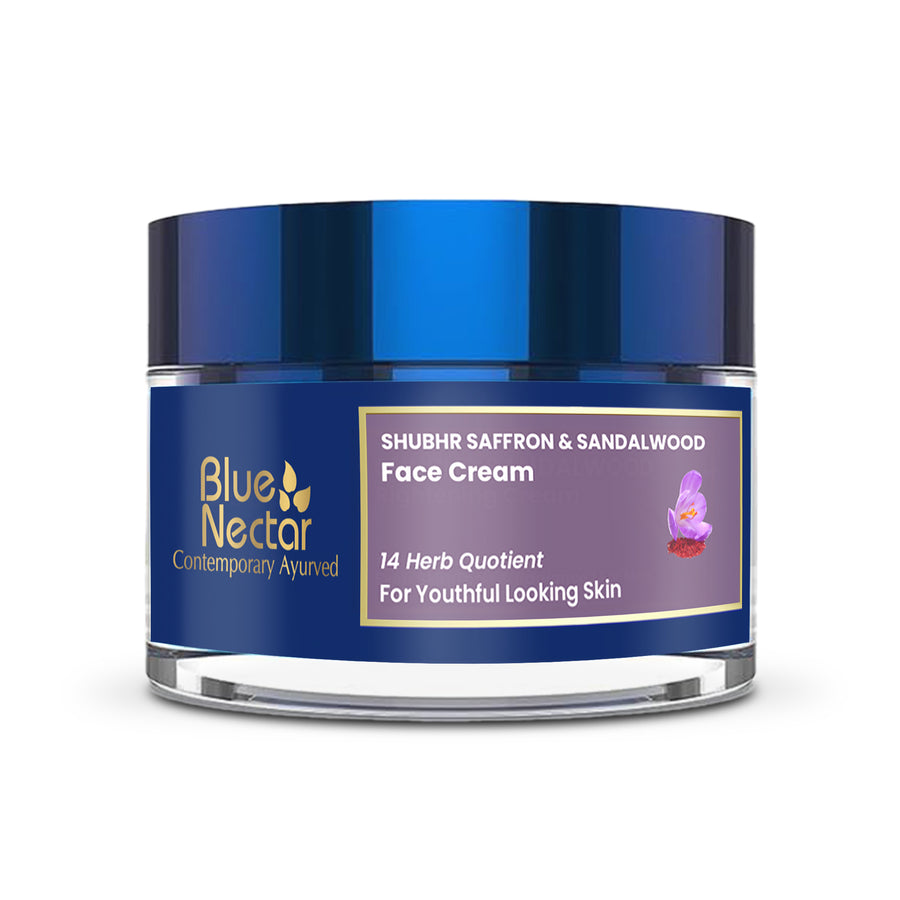

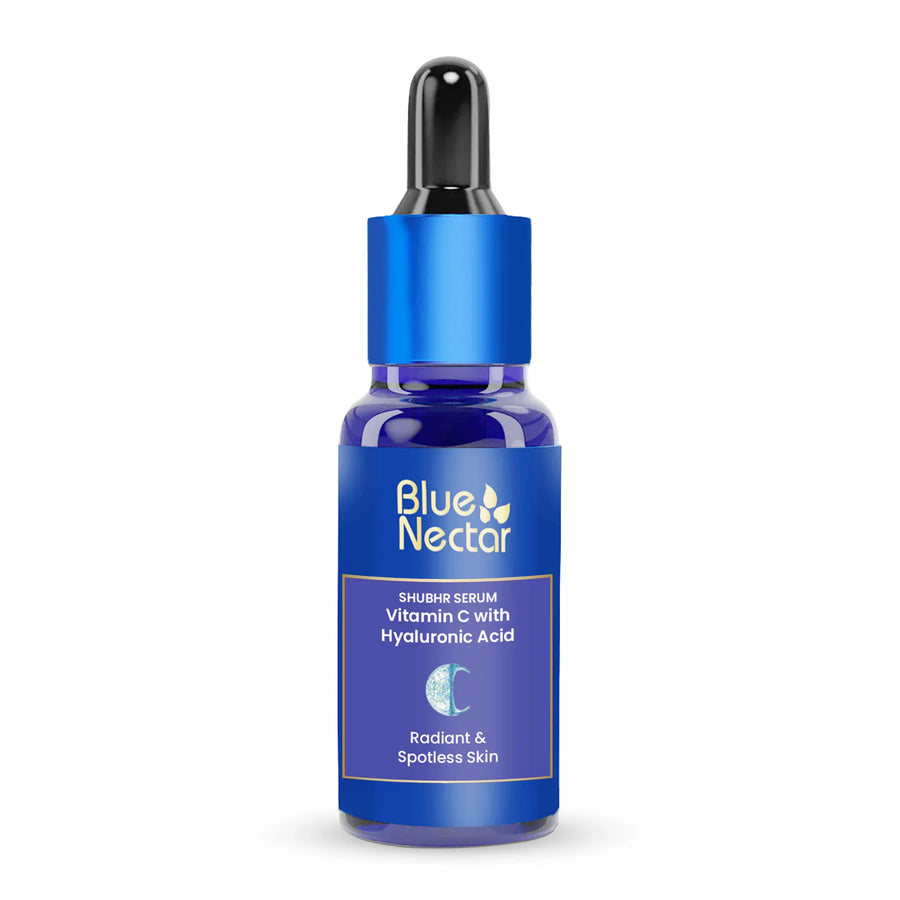


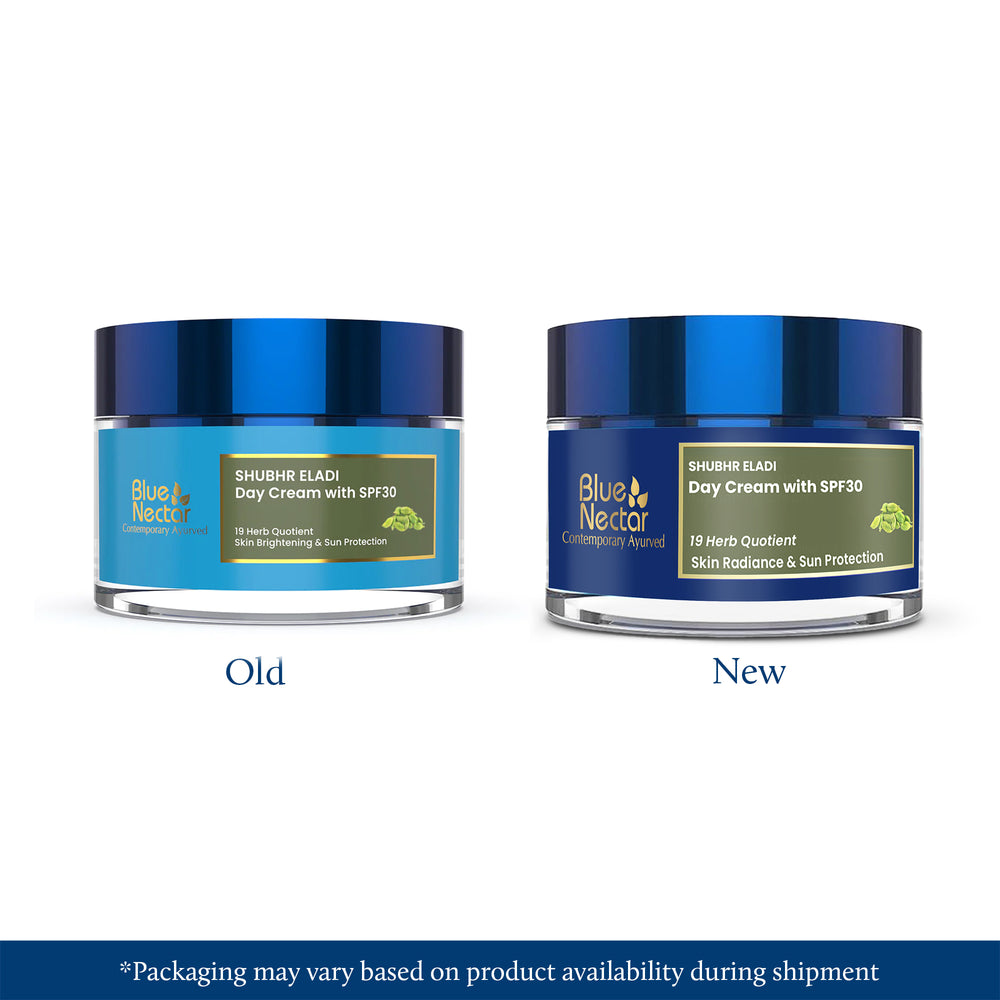
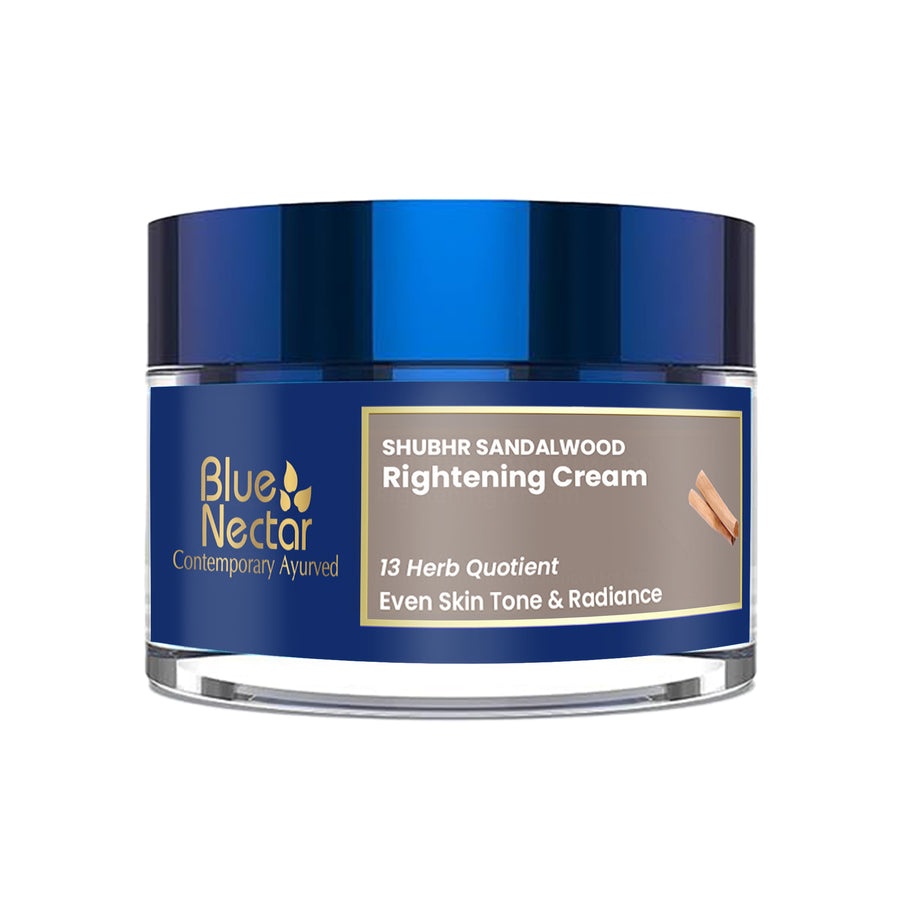
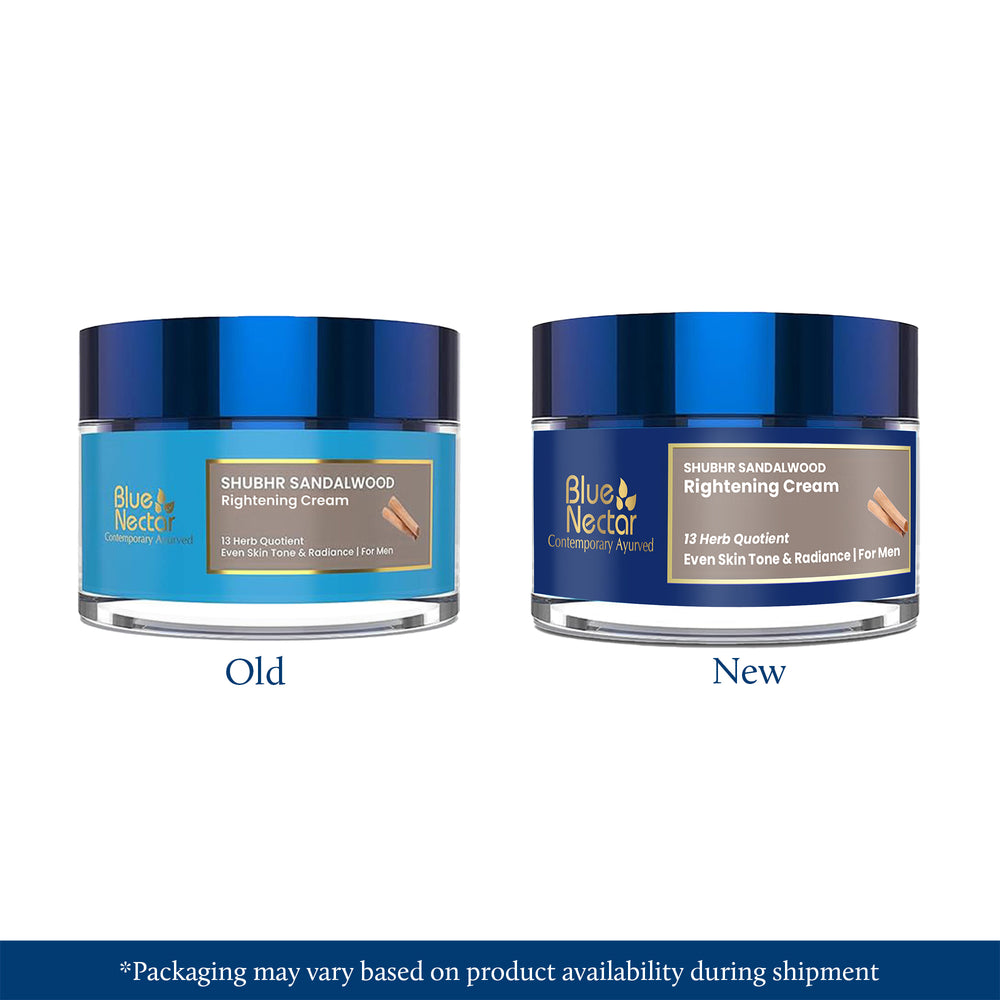




Leave a comment